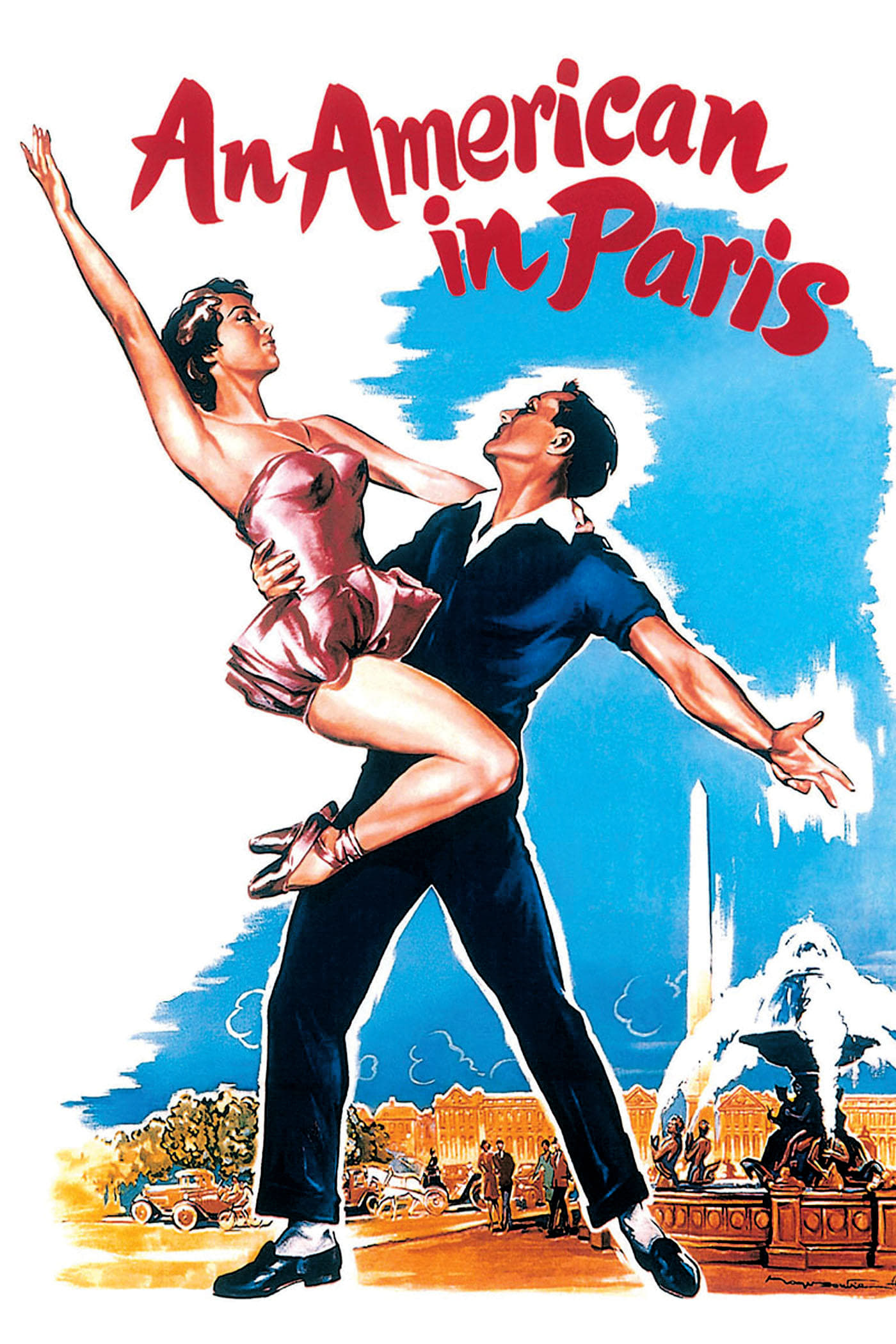
Jerry Mulligan is an exuberant American expatriate in Paris trying to make a reputation as a painter. His friend Adam is a struggling concert pianist who's a long time associate of a famous French singer, Henri Baurel. A lonely society woman, Milo Roberts, takes Jerry under her wing and supports him, but is interested in more than his art.
02 Apr An American in Paris (1951)
Sienna Shoes
‘The Red Shoes’ changed the world of film. It was deeply self-referential (a performance about a performance with the two enfolded) and had the extra advance of sometimes making the camera a dancer. So Gene Kelly tried his own ‘Shoes’. MGM refused to horse around with the camera but let him try on his notion of dance within a painting.
It is actually a very clever idea: to contrive a story where a painter can enter his paintings and dance. By setting it in Paris and making the paintings ‘impressionistic’ (it was thought) the sets and costumes could come alive – be hyper-real – moreso than in ‘Shoes’.
But it takes a huge effort to set up this situation. For almost an hour and a half we have the tedious setup, interrupted only by an excuse for an instrumental presentation of ‘Rhapsody.’ If there is a payoff, it is in the last eighteen minutes. That is the only reason for this film to exist.
Unfortunately, that last ballet is a huge failure. The fault lies in the misinterpretations of the painting metaphors. Someone thought that impressionism was about colour and vibrance. The result is outrageous but impressively unpleasing costumes, and some splashes of colour on backdrops. Gene Kelly was an entertaining dancer and he could choreograph a vaudeville tapdance, but this is far beyond his abilities.
The dance-in-a-painting metaphor doesn’t work. The clever manner of the paintings never emerges. The dance choreography is lackluster. The costumes are ugly. Caron is okay, but Cyd Charisse could have been wonderful.
Posted in 2003
Ted’s Evaluation — 2 of 3: Has some interesting elements.


No Comments